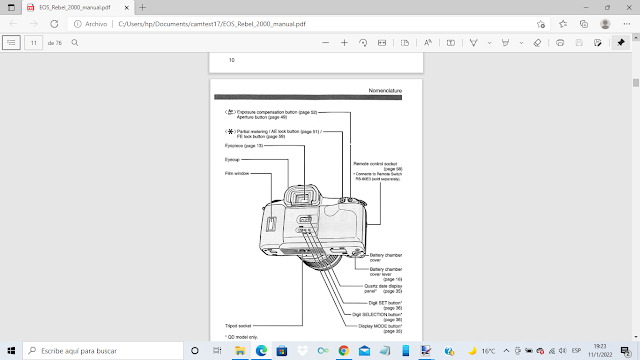When is light not light?
This is the question I had to ask myself. Background: There is a setup I use all the time for digital photography: there's an overhead for ambient light, and a gooseneck desk lamp that I direct wherever I want for the main light. I've had excellent results using this setup. For digital photography. For film photography, it doesn't work.
I had already determined, doing tests with outdated color and b&w film, that most of my shots, and all of the indoor ones, were woefully underexposed. I would say 3 to 3-1/2 stops. Outdated film has reduced sensitivity to begin with (on the order of one stop per decade), so the results were disastrous.
So I did another series of test shots, using fresh, ISO 400 T-Max in my Mamiya C33 Professional. Before starting the test, I visually checked the camera's shutter speeds, and they all appeared to be functioning properly. I now suspected that the problem was the light source.
The overhead light fixture contained one of those omnipresent spiral Mercury-Vapor bulbs. Those had not yet come into use in the decades when I was doing film photography. The gooseneck desk lamp contained multiple LEDs, a type of lighting that had not yet come into use in the "old days."
All of my exposures were metered with a Gossen Scout 2 meter. This meter contains a selenium cell, rather than a CdS or other modern cell, which would require a battery. I was quite careful in my metering, using both reflected light from a gray card and incident light from the main light source.
I hadn't loaded film into the C33 in about ten years. Naturally, I made a mistake that caused the camera to jam up. In trying to unjam it, I briefly opened the camera back twice, in subdued light. This is not something that you want to do, especially with 400 ISO film. Fortunately, only slight damage was done. I had to put the camera into a changing bag, open it, and rewind the film onto its spool, then start over and load it correctly. This I did.
I made a series of twelve test shots, six of them with purely artificial light, two with a mixture of artificial and sunlight, and four with sunlight only. I wrote down light sources, exposure values, and camera settings for all shots, metering them with the Gossen Scout 2.
When I developed the film, my suspicions were confirmed. Traditional panchromatic film is sensitive to sunlight and the light from traditional non-energysaver lightbulbs (which contain an incandescent tungsten filament). Those traditional lightbulbs are getting harder to find, and I've heard that they may stop selling them completely. Sunlight, of course, has not changed appreciably--bright sun is still EV7 or 7-1/2.
As expected, the indoor shots were terrible, way under-exposed. The outdoor shots were OK where bright sunlight was falling on the subject, but they seriously lacked detail in the shadows. This is due to the narrower exposure latitude of T-Max. This is one of the reasons that I will stick with my beloved Tri-X, even if I can't get it at my local camera store.
Here are some of the shots from this test. Please bear in mind that I still don't have a real film scanner for 120 film, and have to use my regular printer, which offers much lower resolution.
#5, main light = LED desk lamp.
#7, main light = MV spirals.
#10, sunlight. The temp was 58°F (15°C), so in the next shot, I'll be wearing a robe.
#11 sunlight. In the negative, the numbers on the thermometer could be read; the 600 dpi of my ordinary scanner does not allow that.
I hope that the information in this instalment of the series will be helpful to some who are considering a return to film photography.
(to be continued)
Text and images Copyright © 2022 by Donald C. Traxler aka Donald Jacobson Traxler.







































